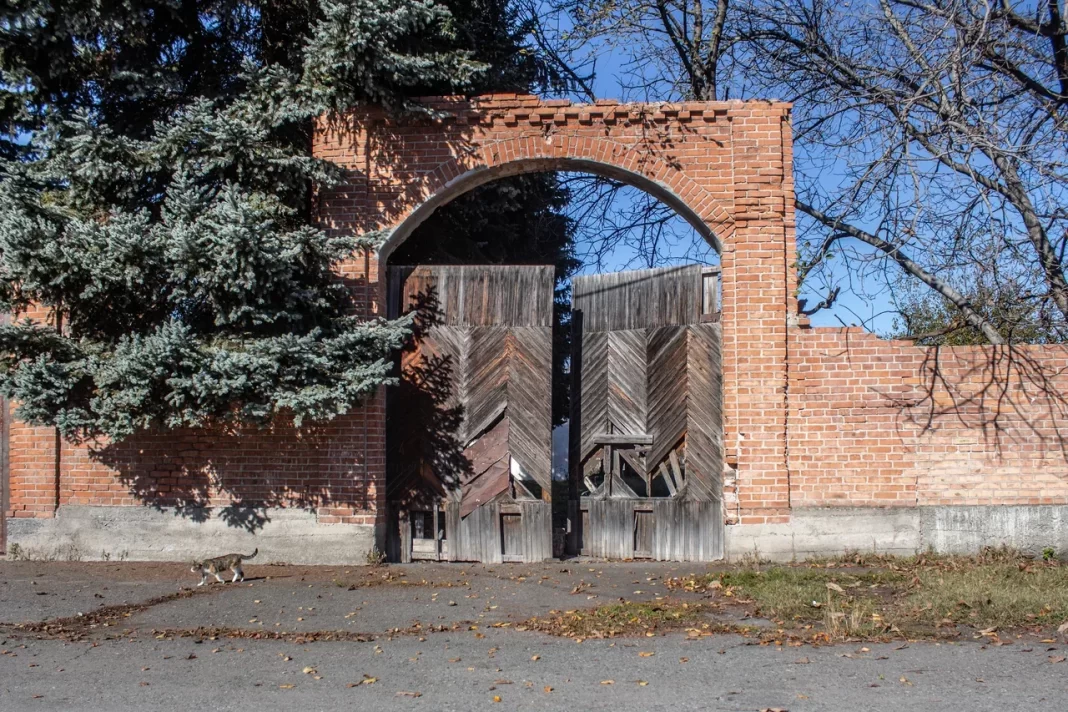October 31st marks a sorrowful date — the beginning of the Ossetian-Ingush ethno-political armed conflict in 1992. It lasted for a week on the territory of the Prigorodny district of North Ossetia and part of Vladikavkaz. As a result of pogroms, destruction and killings, according to official data 490 Ingush and 118 Ossetians were killed.
In Ingushetia, the majority of the population considers the conflict to be essentially genocide. In 1994 the parliament of the republic decided that there was a forced deportation of the Ingush population from North Ossetia and ethnic cleansing of the Prigorodny district and Vladikavkaz. The constitution of Ingushetia states that the return of the illegally seized territory by political means and the preservation of the republic’s integrity is the most important task of the state.
«People have made connections and are trying to live in peace and harmony.»
After the events of 29 years ago, Ingush refugees from the Prigorodny district were unable to return home for a long time. Over time, some of them returned. However, there are still many abandoned houses and empty plots. One of the returnees, Magomed Matiyev, told Fortanga that in 1992 he and his family were forced to leave for Ingushetia. My brother and father stayed. They were taken hostage and 10 days later they were able to be ransomed. Magomed’s father died 14 years ago, and his brother died last year from the effects of the coronavirus.
«We returned to Prigorodny district in 2003 and live in Kurtat village. We restored our house ownership. There are quite a few Ingush families in the village — about 170. There are about as many Ossetian families. Inter-ethnic relations used to be strained. But gradually the people are gradually establishing ties and adapting to one another. They have begun to get used to each other. There are also conflict situations, domestic disputes, scandals. Some political moments are translated into impatience, discord, religious, national directions. Perhaps there are forces who are trying to take advantage of that. But there have been no major confrontations,» said Magomed Matiyev.
He noted that residents of Kurtat, both of Ingush and Ossetian nationality, mostly work on the land and try to live in peace and harmony. It is important not to be provoked, to beware of inadequate people. After all, a spark can be ignited and a powder keg explodes all over the North Caucasus. The main constraint is the federal centre, which must monitor the situation, Matiyev is convinced.
Tish Yandiyeva, another resident of Prigorodny district, who nevertheless returned to her native land after the fall of 1992, said that she had lost her 27-year-old son during those tragic events. He went missing and was never found. And the woman’s five brothers and husband died soon after from heart attacks and strokes.
«On October 31, 1992, they started beating us, shooting. They slaughtered children, animals, they threw the bodies into pits. On November 4, my family and I were forced to flee to Ingushetia. In our village Dachnoye, 27 people died. We returned back in 1996. We did not receive any compensation. Now I live with my youngest son. I have 32 grandchildren and 22 great-grandchildren. My pension is small, although I’ve worked for 30 years,» Tsyesh Yandiyeva told us.
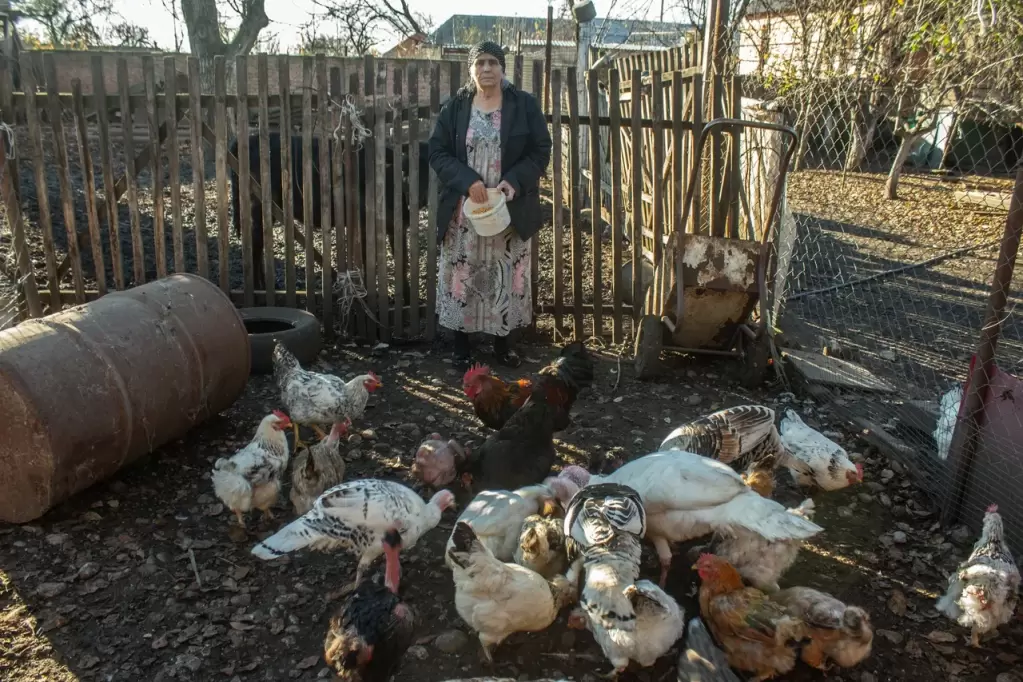
Why are the Ingush not returning to their homes?
Albert Darbazanov, head of the Daimokhk national-cultural centre in Prigorodny district, believes there were crimes committed by the authorities in 1992. After all, more than 1000 people were killed and disappeared, and then the criminal case was terminated with the wording «absence of corpus delicti».
«It’s incomprehensible, it’s hard to understand. So many people died and suffered, and the case was dropped. There are different interpretations of what happened in 1992 by the sides and the official authorities. Many call it ethnic cleansing, genocide of the Ingush people. I tend not to evoke contradictory feelings from different sides. The Ossetians say the Ingush attacked insidiously at night. The Ingush say they were the only victims. But 80 per cent of those killed and missing are Ingush», said Darbazanov.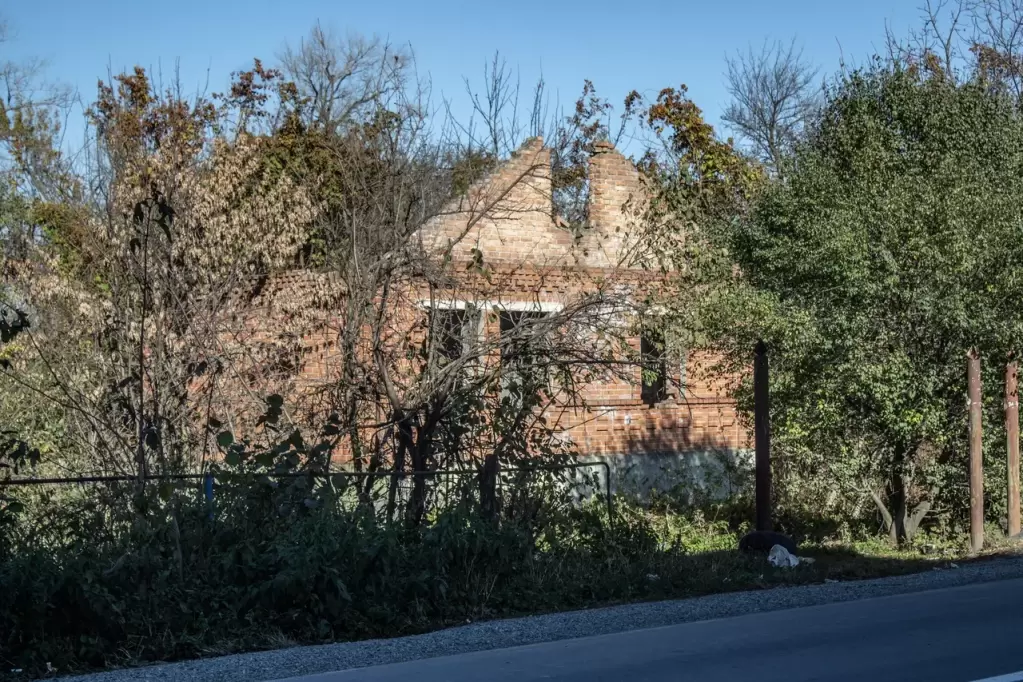
According to official data, the total number of Ingush internally displaced persons was 70,000. Today about 27-28 thousand Ingush live in North Ossetia. Including in the village of Maisky, which was unaffected by the events of almost 30 years ago.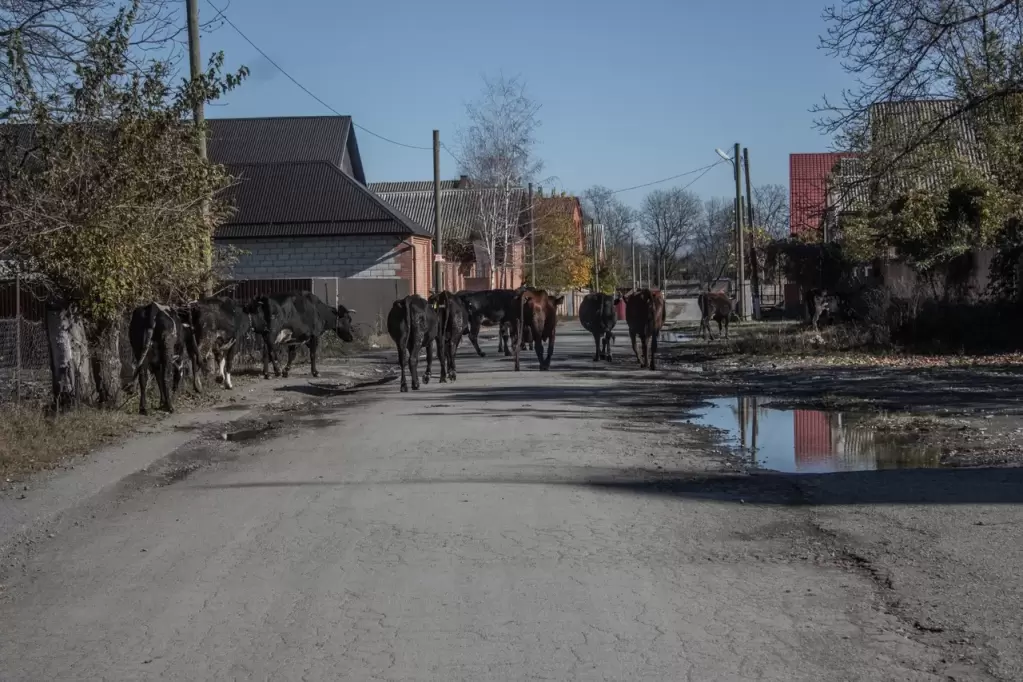
«The question arises: why aren’t the Ingush returning to their homes?» asks Darbazanov. — asks Darbazanov. And he answers: «First of all, a new generation has grown up, one born in Ingushetia. Most of them do not tie their fate to the place where their ancestors live. Secondly, there are no guarantees of security. Knife attacks and clashes between Ossetians and Ingush occur fairly regularly. But if the perpetrator is a member of Ossetian ethnicity, the authorities tend to divert him from justice. The Ingush victims see impunity, the information is passed on, and many don’t return to their homeland — they don’t want to put their families at risk. If the authorities suppressed ethnic hatred, people would be afraid to clash.
In North Ossetia there are between 1,500 and 2,000 Ingush of student age. But a couple of years ago there were only 10 Ingush students at Ossetian universities. The answer is again identical — people do not feel safe, so some young people leave, others simply do not enter Ossetian universities, says the social activist. According to him, young families are also leaving — many do not have land or jobs.
«We also do not manage to solve the issue of separate education. It’s bad enough that children study in different schools. This happens in the village of Chermen, where there are separate Ossetian and Ingush schools. Unfortunately, the authorities do not encourage joint education,» Darbazanov stressed.
Integration issues
Ingush social activist and lawyer Kaloy Akhilgov believes that the most important issue today is that the vast majority of people are unable to return to their former places of residence. The second unresolved problem is the creation of conditions for those who live in the Prigorodny district of North Ossetia.
«There is a certain position that people have received money and therefore they are not supposed to get it back. Such an approach looks archaic, since the money received is only a part of the compensation for the lost property which the government paid as the perpetrator of the nearly 30-year old conflict. How many of the 28,000 residents of Prigorodny district and parts of Vladikavkaz are employed and how many are studying at universities? Very few, and that indicates a lack of cultural and other integration,» says Akhilgov.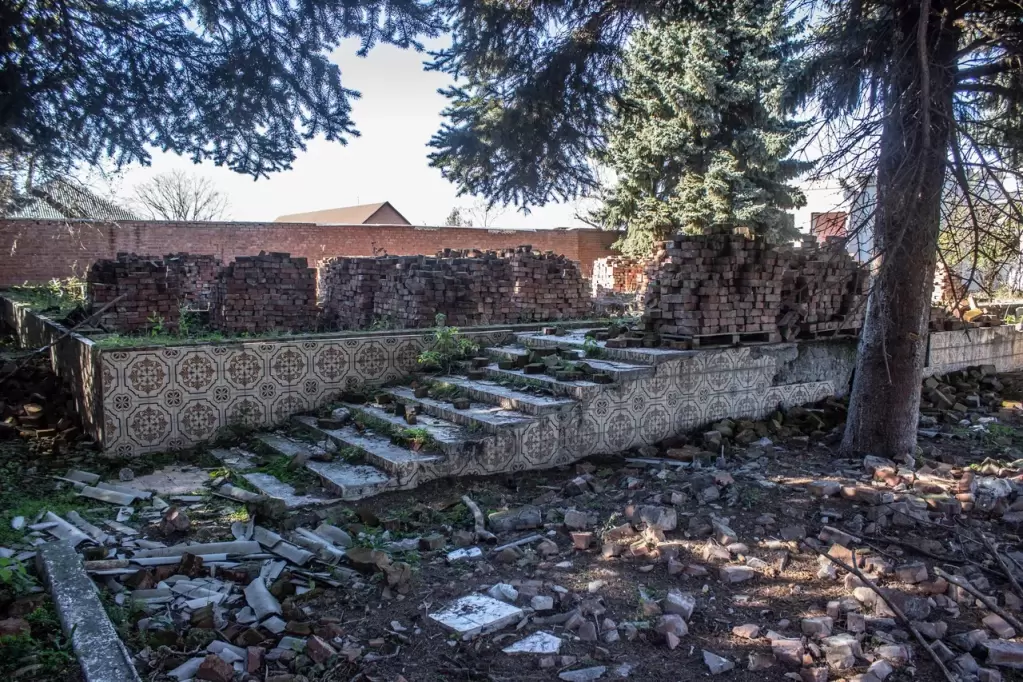
In his view, «this is very bad and could lead to the consequences that we experienced in 1992.» «Because the lack of integration, jobs, social security leads to mutual rejection. The state should pay special attention to this point. As for the jurisdictional issue, it has to be solved taking into account the number of people living there and the number of those who are returning. But the main thing is the removal of social tensions and the possibility for the Ingush to return to their places of residence,» said the lawyer.
For several years, immediately after the conflict, the Prosecutor General’s Office of the Russian Federation tried to objectively investigate the circumstances of the armed confrontation between the two neighbouring peoples. In the course of meticulous work, the investigation established that the situation had deteriorated sharply as a result of accumulated errors in the handling of the issue by the central authorities.
Fortanga published the testimony given to the investigator for particularly important assignments of the Prosecutor General’s Office of the Russian Federation, Kostarev V.E. participants in the ethnic cleansing of Ingush in Vladikavkaz and the Prigorodny district of North Ossetia in October-November 1992 (Moscow, May-June 1993) and Reference from the Office of the Prosecutor General of the Russian Federation on the circumstances of the Ossetian-Ingush armed conflict, its development and the role of federal authorities and administration in it, prepared by Senior Investigator for Special Cases under the Prosecutor General of the Russian Federation, Senior Justice Advisor V.E. Kostarev in 1993.

